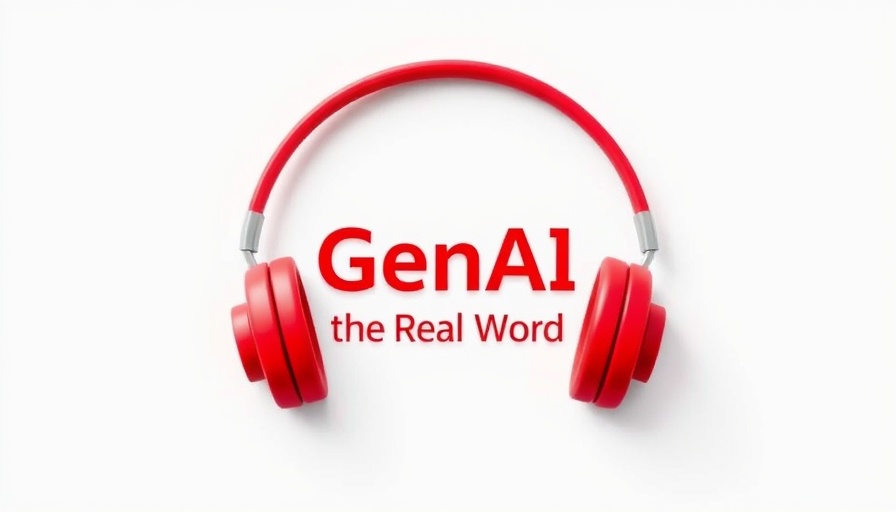
Understanding the Sens-AI Framework
The realm of software development is witnessing a transformative shift driven by artificial intelligence (AI). Tools such as Copilot and ChatGPT have become integral assets, enabling developers to streamline tasks ranging from writing code to debugging. Yet, for many, engaging with AI can feel like a dance of trial and error, marked by frustration when expected outcomes remain elusive.
Bridging the Learning Gap
As Katherine Morgan discusses in her discussion about the Sens-AI framework, there's a crucial learning gap that hinders many developers. It’s not merely about using advanced tools; it’s about thinking critically and strategically. Junior developers, in particular, may struggle with AI, often relying too much on improvisation—one might call this “vibe coding.” The instinctive approach can yield quick results, but it falters without a robust strategy for problem-solving when faced with roadblocks.
The Importance of Critical Thinking
Critical thinking is essential in maximizing AI's potential in coding. Developers who pause and reassess their methods often find success where others flounder. They adapt their prompts and explore their issues, fundamentally rethinking their approach. This iterative process ensures that AI tools deliver optimal results, further highlighting the need for structured frameworks like Sens-AI.
Embracing a New Era of Development
The Sens-AI framework embodies a larger trend in software development. As AI becomes more pervasive, developers must evolve to harness its full capabilities. By understanding the interplay between strategic thinking and tool usage, developers are better equipped to tackle challenges. As Morgan points out, when developers learn to effectively collaborate with AI, they can unlock new levels of productivity and creativity.
 Add Row
Add Row  Add Element
Add Element 



Write A Comment